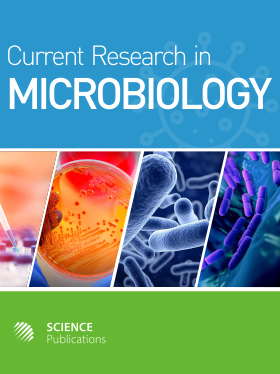HAEMATOLOGICAL PROFILE OF PREGNANT WOMEN INFECTED WITH MALARIA PARASITES AT FEDERAL TEACHING HOSPITAL ABAKALIKI, EBONYI STATE
- 1 Federal University, Nigeria
- 2 Ebonyi State University, Nigeria
- 3 Nnamdi Azikiwe University, Nigeria
Abstract
Malaria in pregnancy is a major public health problem in endemic areas of sub-Saharan Africa and has important consequences on birth outcome. There are subtle and substantial changes in hematological parameters of malaria in pregnancy. This work is designed to ascertain the impact of malaria in pregnant women visiting Federal Teaching Hospital Abakaliki II. Out of the 100 pregnant women screened for malaria, 44 (44.0%) were positive for malaria parasite. Of the 44.0% pregnant women positive for malaria parasite, the age range of 26-30 years (31.8%) were more infected with malaria parasite, followed by 21-25 years (22.7), while 41-45 (4.5%) years were the least infected. Pregnant women with no formal education were most infected (36.4%), followed by primary education (27.3%), while secondary education showed the lowest rate of malaria in pregnancy (13.6%). Housewives reported the highest cases of malaria in pregnancy, while student reported the lowest (9.2%). Married women showed the highest cases of malaria in pregnancy (79.5%), while widow reported the lowest (2.3). Christian reported in the highest cases of pregnancy in malaria (46.0%) and Muslim the least (40.0%). The mean values of the haematological parameters of pregnant women with respect to parasitaemia were Heamoglobin (9.78±37.45 g/dL), Packed cell volume (31.56±2721.14%), White blood count (8.58±50.06×103/mm2), Neutrophils (57.96±1004.97%), Lymphocyte (28.24±1392.97%), Mesophils (7.28±110.49%), Eosinophils (3.62±1156.91%) and Platelets (141.88±133873.07×109/l). This study have shown that the adverse consequences of malaria in pregnancy has great impact on heamatological parameters which may affect not only the neonate and infant but also increase the risk of non communicable diseases when the child grows into an adult and the risk of low birth weight in the next generation.
DOI: https://doi.org/10.3844/ajmsp.2014.11.17

- 4,577 Views
- 2,849 Downloads
- 1 Citations
Download
Keywords
- Malaria
- Haematological Profile
- Pregnant Women
- Abakaliki
